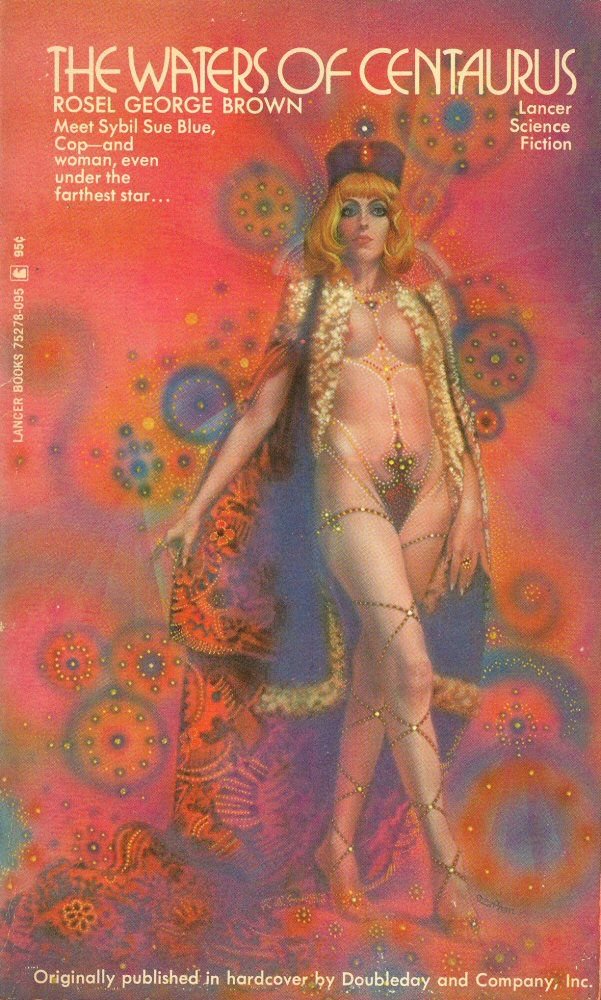Today in pulp... a rather elusive artist, the brilliant Gene Szafran! #SaturdayVibes 

Gene Szafran was born in Michigan in 1941 and studied at The Society of Arts and Crafts in Detroit. He later became an art teacher there. 

Szafran moved to New York City in 1967, where his work featured in Playboy and Cosmopolitan. He also worked on a number of album covers, winning the 1969 Grammy for his Rhinoceros album cover. 

This led him into the world of book cover design, particularly science fiction where his stylized kaleidoscopic images brought him to the attention of Signet Publications. 

Gene Szafran produced an incredible set of covers for Signet's range of Robert A Heinlein novels between 1971 and 1974. As a collection they're stunning and unique. 

It certainly wasn't what you might expect a Heinlein book to look like: bold colours and exquisite geometry, often coming together around a central human form. 

The Heinlein covers led to a number of contracts for other work. Szafran's amazing use of colour and symmetry seemed a perfect match for the early 1970s scene. 

Although Szafran did more traditional cover art - notably for Daphne Du Maurier titles - it's his science fiction work that really stands out as unique. It set an esoteric, somewhat erotic note. Whether the books themselves warranted it is a moot point. 

In 1972 Szafran won the Locus Award for best paperback cover artist; his career in the industry seemed assured... 

And then... tragically he was diagnosed with multiple sclerosis, which severely affected his ability to paint and draw. His last covers were completed in 1977 before he returned to Detroit with his family. 

Gene Szafran's work is a time capsule of 1970s psychedelic Americana: complex, dazzling and rich. He was an exceptionally gifted artist with a keen sense of colour and composition. 

Sadly Gene Szafran passed away in 2011, but his legacy is a fantastic collection of artwork that's well worth collecting. Keep an eye out when you next visit your local book market.
More artists another time...
More artists another time...

• • •
Missing some Tweet in this thread? You can try to
force a refresh























